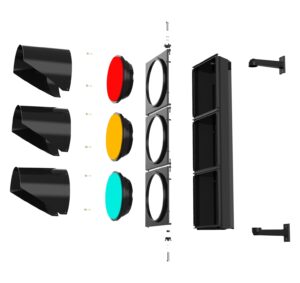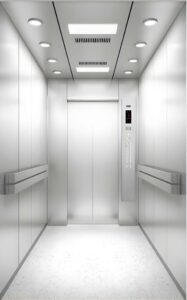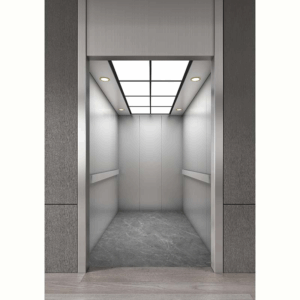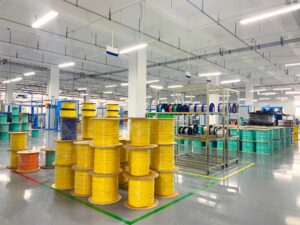As fiber-to-the-home (FTTH) deployments expand across residential, commercial, and industrial applications, the FTTH Drop Patch Cord has become an indispensable component for delivering high-speed, reliable broadband services. Acting as the final connection between the optical distribution point and the customer’s premises, these cords require a design that balances durability, signal integrity, and ease of installation. This article explores in depth the key features of FTTH Drop Patch Cords that make them essential for high-performance fiber networks.
Table of Contents
ToggleExceptional Fiber Characteristics in FTTH Drop Patch Cord Design

The optical fiber inside an FTTH Drop Patch Cord is the core element determining signal transmission performance. Premium cords incorporate the following:
- Bend-Insensitive Fiber (G.657A2 Standard): These fibers maintain signal integrity even when bent at a 7.5 mm radius, a feature crucial for residential installations where cables navigate tight corners and conduits. This significantly reduces macrobending losses, which can otherwise result in attenuation increases of 0.1–0.5 dB per bend.
- Low insertion loss below 0.2 dB combined with return loss exceeding 60 dB (for APC connectors) ensures minimal signal degradation, conforming to ITU-T G.652 and G.657 fiber specifications.
- Longevity and Reliability: Laboratory stress tests show that premium fibers retain over 95% transmission efficiency after 25 years of operation under standard environmental conditions, providing network operators with a cost-effective, long-term solution.
Durability and Protection Features of FTTH Drop Patch Cord
The external construction of an FTTH Drop Patch Cord protects it from environmental and mechanical threats:
- UV-Resistant Outer Jackets: Constructed from Low Smoke Zero Halogen (LSZH) compounds, these jackets effectively withstand prolonged UV exposure without cracking or losing flexibility, ensuring long-term durability in outdoor installations.
- Armored Layers: Cords with corrugated steel or aluminum armor can endure rodent bites and withstand crush loads of up to 1000 N, meeting IEC 60794-1-2 standards for mechanical protection. Outdoor and subterranean environments expose cables to increased hazards, making robust mechanical protection a vital feature for long-term network integrity.
- Temperature and Moisture Resistance: Designed for operation from –40°C to +85°C, these cords include water-blocking compounds that prevent moisture penetration, even under 95% humidity levels. This makes them suitable for both arid deserts and humid coastal areas.
Connector Types and Performance in FTTH Drop Patch Cord
Connector selection critically impacts both optical performance and maintenance efficiency in an FTTH Drop Patch Cord.
- SC/APC Connectors: Featuring an angled polished contact, SC/APC connectors minimize back reflection (<–65 dB), which is vital for avoiding interference in high-speed networks. These are standard in most FTTH applications due to their robust design and easy push-pull operation.
- LC Connectors: Compact and ideal for high-density environments, LC connectors reduce panel space requirements by up to 50%, supporting larger numbers of connections in MDUs or data centers.
- Zirconia Ceramic Ferrules : Known for their thermal and mechanical stability, zirconia ferrules maintain alignment precision over 1000 mating cycles with a typical insertion loss increase of less than 0.1 dB.
Proper connector boot designs (90° or straight) also enhance flexibility in confined spaces while preventing fiber stress.
Ease of Installation with FTTH Drop Patch Cord Design
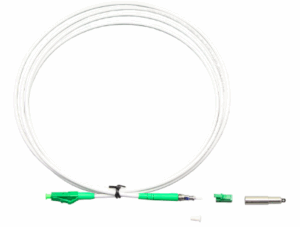
Modern FTTH Drop Patch Cords include features that enhance deployment efficiency:
- Pre-Terminated Assemblies: Factory-assembled and tested cords eliminate field splicing, reducing installation time by up to 50% and ensuring consistent performance with typical insertion losses under 0.15 dB.
- Pulling Eyes and Strength Members: These allow technicians to pull cables through conduits without damaging connectors or fiber strands. Tensile strength ratings exceeding 300 N safeguard against accidental over-pulling during installation.
- Labeling and Color Coding: Pre-labeled cords with standardized colors minimize errors in large deployments. In field surveys, such practices have been shown to reduce installation errors by 30% and cut troubleshooting time by nearly half.
Compliance and Certifications of FTTH Drop Patch Cord
An FTTH Drop Patch Cord must meet international standards to ensure safety, performance, and reliability in diverse applications. Certifications such as IEC 60332-1 guarantee that the cords resist flame propagation indoors, while GR-326-CORE ensures connectors maintain performance and durability under varying thermal and mechanical conditions. Environmental compliance with RoHS and REACH ensures materials are free from hazardous substances, and ISO 9001 certification reflects consistent manufacturing quality. Together, these standards guarantee that the patch cords deliver stable performance and meet regulatory requirements for telecom networks.
Conclusion
A well-designed FTTH Drop Patch Cord is the foundation of a reliable fiber network. Superior fiber quality, durable protective features, advanced connectors, and compliance with international standards make these cords essential for high-performance applications. By investing in premium FTTH Drop Patch Cords, network operators can ensure long-term stability, minimize maintenance costs, and meet the growing demands of high-bandwidth services.
0